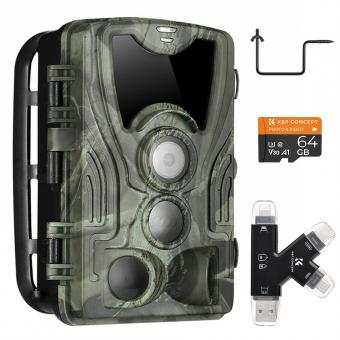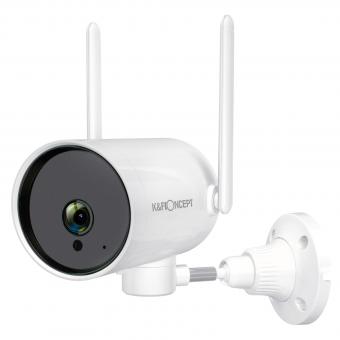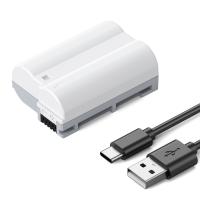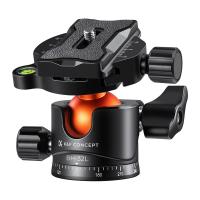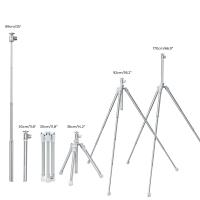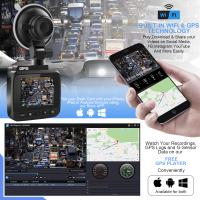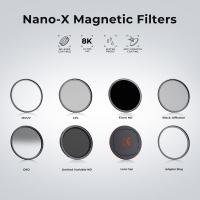How Wifi Cameras Work ?
WiFi cameras work by utilizing wireless technology to transmit video and audio signals over a WiFi network. These cameras are equipped with built-in WiFi modules that allow them to connect to a local WiFi network, just like any other device. Once connected, the camera can send the video and audio data to a designated receiver or storage device, such as a computer or a cloud server.
The camera captures the video and audio using its lens and microphone, and then encodes the data into a digital format. This encoded data is then transmitted wirelessly through the WiFi network to the designated receiver. The receiver can be a computer, smartphone, or any other device that is connected to the same WiFi network.
WiFi cameras often come with their own dedicated mobile apps or software that allow users to remotely access and control the camera. These apps enable users to view the live video feed, adjust camera settings, and even receive notifications or alerts when motion or sound is detected.
Overall, WiFi cameras provide a convenient and flexible way to monitor and record video footage without the need for physical cables or direct connections.
1、 Wireless transmission of video and audio data
How WiFi cameras work can be explained by understanding the wireless transmission of video and audio data. WiFi cameras, also known as IP cameras, utilize wireless technology to transmit video and audio signals over a local network or the internet.
The camera captures video and audio data, which is then encoded into a digital format. This encoded data is then transmitted wirelessly using WiFi technology. The camera connects to a WiFi network, either through a direct connection to a router or through a wireless access point. Once connected, the camera uses the WiFi network to send the encoded data to a receiver or a network video recorder (NVR).
The receiver or NVR receives the data and decodes it back into video and audio signals. This allows users to view the live video feed or recorded footage on their devices, such as smartphones, tablets, or computers. Some WiFi cameras also have built-in storage capabilities, allowing them to store the recorded footage locally.
The latest point of view in WiFi camera technology includes advancements in video compression algorithms, such as H.265, which allows for more efficient encoding and transmission of video data. This results in higher quality video streams with reduced bandwidth requirements. Additionally, many WiFi cameras now support cloud storage, enabling users to store their footage remotely and access it from anywhere with an internet connection.
Overall, WiFi cameras provide a convenient and flexible solution for video surveillance, allowing users to monitor their premises remotely and easily access recorded footage. With ongoing advancements in wireless technology, WiFi cameras continue to evolve, offering improved performance and features for enhanced security and peace of mind.

2、 Connection to a local network or the internet
Wifi cameras work by connecting to a local network or the internet, allowing users to remotely access and monitor the camera's feed from anywhere with an internet connection. These cameras use wireless technology to transmit video and audio data over a wifi network, eliminating the need for physical cables.
To set up a wifi camera, it needs to be connected to a local wifi network. This can be done by following the camera's specific setup instructions, which usually involve connecting the camera to a power source and using a mobile app or computer software to configure the camera's wifi settings. Once connected, the camera can transmit its video and audio data wirelessly to the local network.
To access the camera remotely, users can use a mobile app or web browser to connect to the camera over the internet. This requires the camera to be connected to a wifi network that has internet access. By logging into the camera's account or using a unique IP address, users can view the camera's live feed, adjust settings, and even receive notifications or alerts.
The latest advancements in wifi camera technology have introduced features such as high-definition video quality, night vision capabilities, motion detection, and two-way audio communication. Some cameras also offer cloud storage options, allowing users to store and access recorded footage remotely.
Overall, wifi cameras provide a convenient and flexible solution for home or business surveillance. With easy setup and remote access capabilities, they offer peace of mind by allowing users to monitor their property from anywhere at any time.
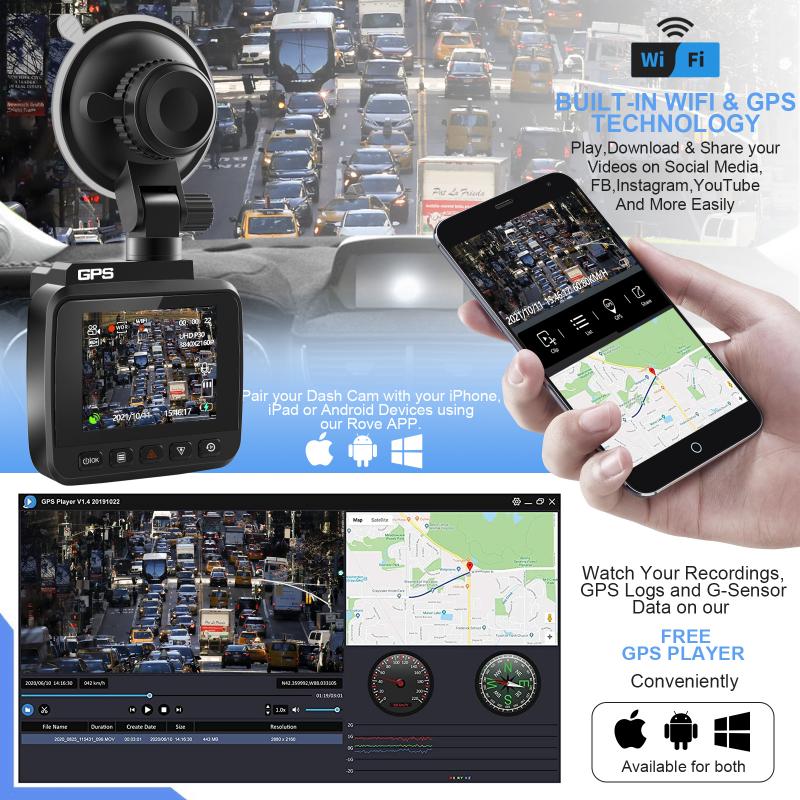
3、 Utilization of Wi-Fi technology for data transfer
How Wi-Fi cameras work:
Wi-Fi cameras, also known as wireless IP cameras, utilize Wi-Fi technology for data transfer. These cameras connect to a local Wi-Fi network, allowing users to access the camera's live feed and recorded footage remotely through a smartphone, tablet, or computer.
The camera captures video and audio, which is then encoded and compressed into a digital format. This data is transmitted wirelessly over the Wi-Fi network to a receiver or a cloud-based storage system. The receiver can be a dedicated device or a computer acting as a server.
Utilization of Wi-Fi technology for data transfer:
Wi-Fi technology has revolutionized the way we transfer data, and its utilization in cameras has brought numerous benefits. Firstly, Wi-Fi cameras eliminate the need for physical cables, making installation and setup much easier. They can be placed anywhere within the range of the Wi-Fi network, providing flexibility in camera placement.
Furthermore, Wi-Fi cameras offer remote access, allowing users to monitor their property or loved ones from anywhere with an internet connection. This feature has become increasingly important in recent times, as people seek to enhance their home security or keep an eye on their children or pets.
The latest point of view:
The latest advancements in Wi-Fi camera technology include improved video quality, enhanced encryption protocols for secure data transmission, and integration with smart home systems. Many Wi-Fi cameras now offer high-definition video resolution, enabling users to capture clear and detailed footage.
Moreover, manufacturers are focusing on enhancing the security of Wi-Fi cameras. They are implementing advanced encryption algorithms and authentication methods to protect against unauthorized access and hacking attempts. Additionally, some cameras offer features like two-factor authentication and end-to-end encryption to ensure the privacy and integrity of the transmitted data.
Wi-Fi cameras are also becoming more integrated with smart home systems, allowing users to control and monitor their cameras through voice commands or smartphone apps. This integration enables seamless automation and integration with other smart devices, enhancing the overall home security and surveillance experience.
In conclusion, Wi-Fi cameras utilize Wi-Fi technology for data transfer, providing convenience, flexibility, and remote access. The latest advancements in Wi-Fi camera technology focus on improving video quality, enhancing security measures, and integrating with smart home systems.
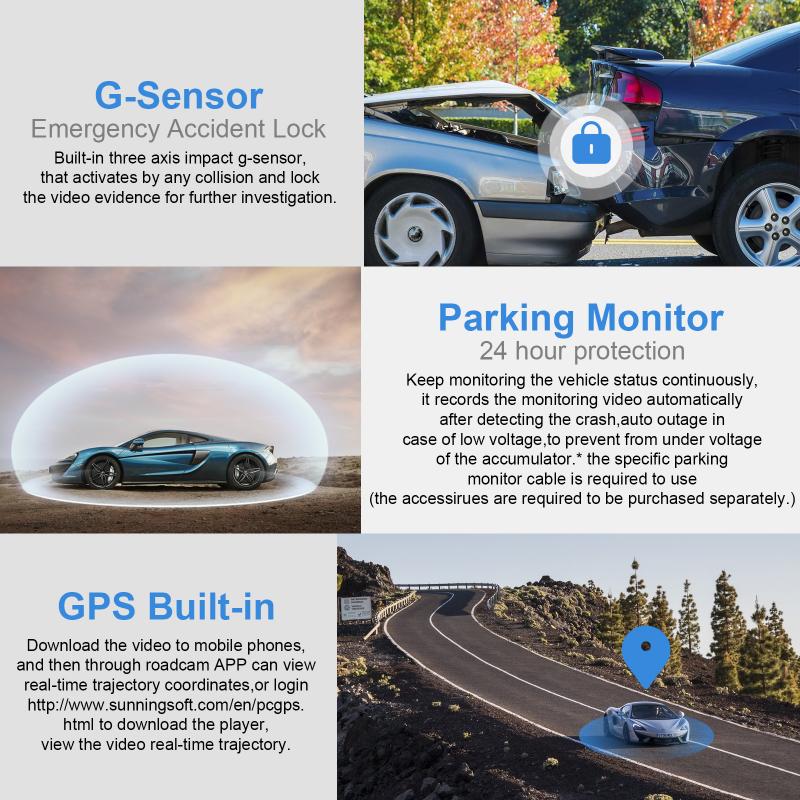
4、 Integration with mobile devices for remote monitoring and control
Integration with mobile devices for remote monitoring and control is a key feature of wifi cameras. These cameras are equipped with built-in wifi capabilities, allowing them to connect to a wireless network and communicate with other devices such as smartphones and tablets. This integration enables users to remotely monitor and control the camera's functions from anywhere, as long as they have an internet connection.
Wifi cameras work by establishing a connection to a local wireless network. Once connected, they can transmit video and audio data to a designated device, such as a smartphone or tablet, using the network as a medium. This allows users to view the camera's live feed, playback recorded footage, and even control certain camera settings remotely.
The integration with mobile devices is typically achieved through dedicated mobile apps provided by the camera manufacturer. These apps are designed to be user-friendly and provide a seamless experience for remote monitoring and control. Users can simply download the app onto their mobile device, connect it to the camera, and access its features and functions with ease.
The latest point of view in this area is the increasing use of artificial intelligence (AI) and machine learning algorithms in wifi cameras. These technologies enable advanced features such as facial recognition, object detection, and even behavior analysis. With AI-powered wifi cameras, users can receive real-time alerts and notifications based on specific events or activities detected by the camera. This enhances the overall security and monitoring capabilities of wifi cameras, making them even more valuable for remote monitoring and control.
In conclusion, wifi cameras work by integrating with mobile devices for remote monitoring and control. This integration allows users to access the camera's live feed, playback recorded footage, and control camera settings from anywhere using a smartphone or tablet. The latest advancements in AI and machine learning further enhance the capabilities of wifi cameras, providing advanced features for improved security and monitoring.



